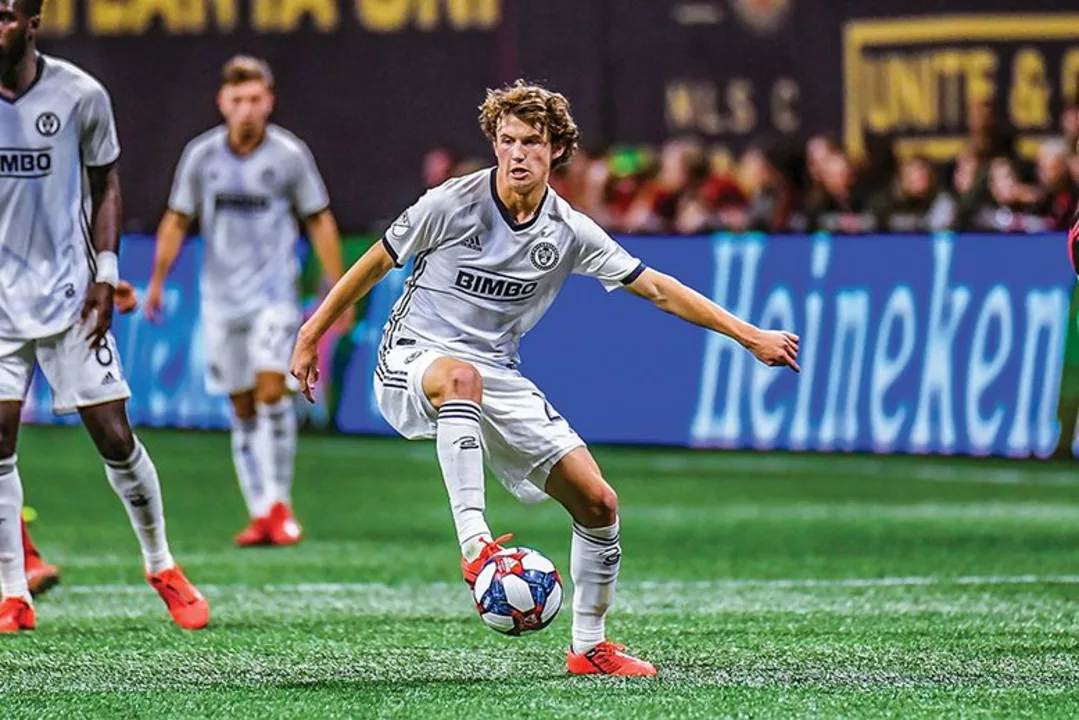MLS: The Fast‑Growing Soccer League Shaping US Sports
When talking about MLS, Major League Soccer is the top‑tier professional soccer competition in the United States and Canada. It started in 1996, grew from ten teams to 29 clubs, and now drives a multi‑billion‑dollar market. Also known as Major League Soccer, MLS blends European‑style promotion ambitions with North‑American franchise stability, creating a unique league structure that attracts global talent.
How MLS Fits Into the Global Soccer Landscape
Soccer, or football as most of the world calls it, is a massive cultural force. The sport’s governing body FIFA oversees a worldwide network of leagues, and MLS sits in that network as the primary competition on the continent’s biggest market. In this sense, soccer, the global game played with a round ball on a rectangular pitch provides the talent pool and fan enthusiasm that MLS draws from. MLS clubs often scout players from Europe, South America, and Africa, feeding the league’s growing quality and diversity.
One clear semantic link is that MLS encompasses clubs across the United States and Canada, and each club competes for the coveted Supporters' Shield and MLS Cup. The league’s expansion strategy also means new markets like St. Louis and Charlotte join the existing cities, widening the reach of professional soccer north of the border.
Another important relationship is that MLS requires clubs to follow a salary‑cap system, which keeps spending in check and promotes competitive balance. This rule set differs from many European leagues that operate with open markets, making MLS a hybrid of sporting merit and business prudence.
Player movement is another engine of change. player transfer, the process of moving a contracted footballer from one club to another, usually for a fee activity directly influences MLS squad quality. High‑profile signings like David Beckham, Xherdan Shaqiri, and Lionel Messi have raised the league’s profile, while homegrown talent continues to emerge from academy pipelines.
Transfers also create a ripple effect: when a star joins MLS, it can boost attendance, TV ratings, and merchandise sales, which in turn fuels club revenue and allows further investment. This loop shows how player transfers influence MLS competitiveness and its market growth.
Beyond the on‑field action, ownership models shape the league’s future. team ownership, the legal and financial structure governing a club’s investors and decision‑makers in MLS varies from traditional private owners to community‑based groups and even celebrity investors. For example, the Philadelphia Union is backed by a mix of local business leaders, while Inter Miami brings in former soccer star David Beckham as a high‑profile co‑owner.
These ownership structures affect everything from stadium development to youth academy funding. When owners commit to long‑term infrastructure, clubs can build soccer‑specific stadiums that enhance fan experience and generate steady revenue streams. This investment cycle demonstrates how team ownership drives MLS infrastructure growth.
The league’s format also matters. MLS operates with a split‑season schedule, featuring a regular season followed by playoffs leading to the MLS Cup final. This format mirrors North American sports traditions, giving fans a clear climax each year while maintaining a balanced competition across the continent.
Fans are the lifeblood of MLS. Supporter groups create vibrant atmospheres with chants, banners, and match‑day rituals that rival any European club. Media coverage has expanded from regional broadcasts to national TV deals and streaming platforms, ensuring that even casual fans can tune in easily. This fan‑centric approach fuels both community identity and commercial opportunities.
Development pathways are gaining attention, too. MLS clubs invest heavily in academies and the MLS Next program, aiming to nurture homegrown talent and reduce reliance on costly imports. As more academy graduates break into first teams, the league's identity becomes increasingly American‑rooted, while still staying attractive to international stars.
All these pieces—global soccer context, salary caps, transfers, ownership, format, fans, and development—interlock to make MLS a dynamic, growing league. Below you’ll find a hand‑picked collection of articles that dig deeper into each of these areas, from transfer rumors and club analyses to ownership stories and fan culture insights. Dive in to see how MLS is reshaping the soccer scene in North America and beyond.
Why should I follow the MLS (Major League Soccer)?
As a soccer enthusiast, following MLS is a must since it's the top league in the United States and Canada. The league is constantly growing in popularity, featuring talented players from around the world. By supporting MLS, we're contributing to the development of soccer in North America, fostering a thriving soccer culture. Plus, attending matches or watching them on TV is a fantastic way to socialize and connect with fellow soccer fans. With high-quality matches, passionate fans, and a competitive atmosphere, MLS is a thrilling league to follow.
